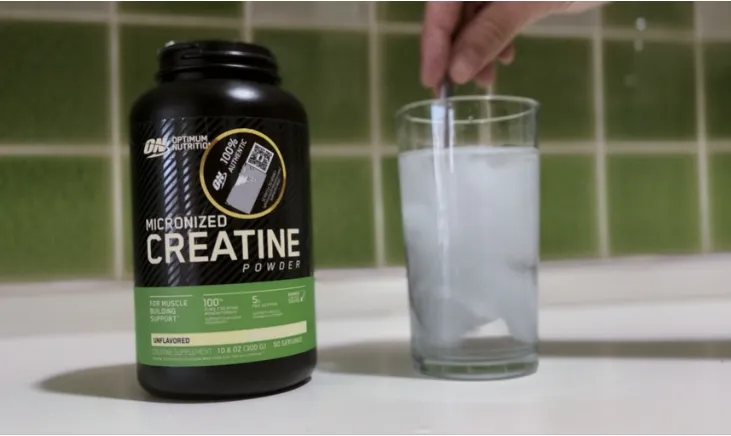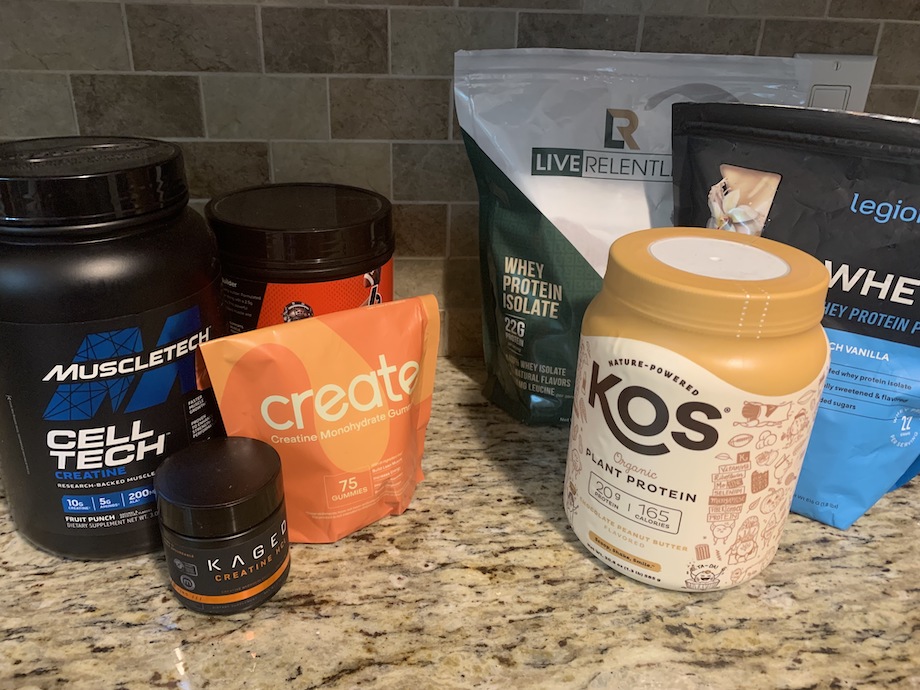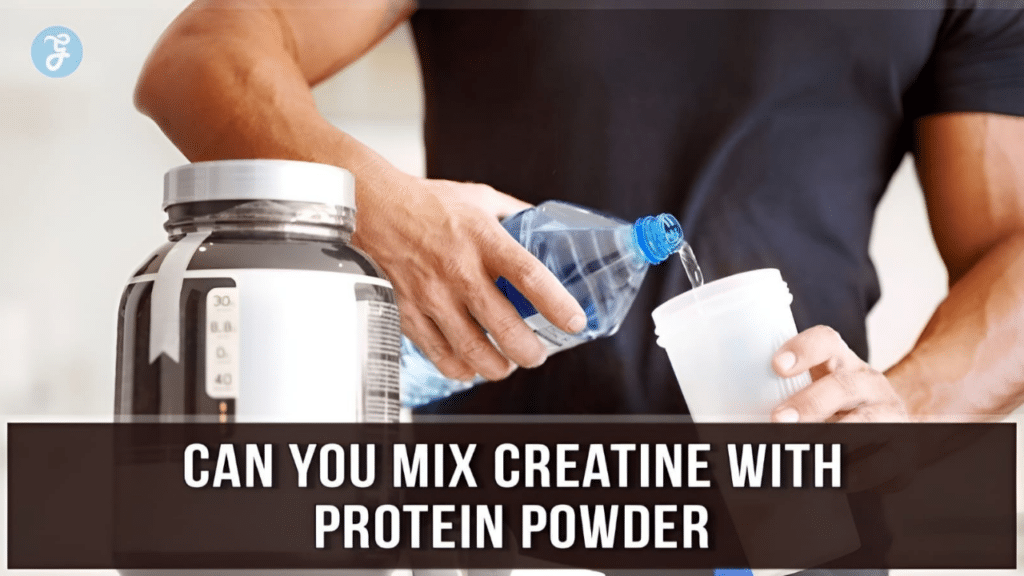What Should I Mix Creatine With

Creatine, a popular supplement among athletes and fitness enthusiasts, is known for its potential to enhance muscle strength and power. But a common question arises: what's the best way to mix creatine for optimal absorption and effectiveness? The answer, it turns out, isn't always straightforward and depends on individual needs and preferences.
This article explores the various options for mixing creatine, delving into the science behind each method and providing guidance on choosing the right approach for your fitness goals. We will consider factors such as convenience, absorption rates, and potential benefits of different liquid pairings.
Understanding Creatine and its Absorption
Creatine is a naturally occurring compound found in muscle cells. It helps produce ATP (adenosine triphosphate), the primary energy source for muscle contractions. Supplementing with creatine increases the amount of creatine stored in muscles, leading to improved athletic performance.
However, the effectiveness of creatine supplementation hinges on its proper absorption. The goal is to maximize the amount of creatine that reaches the muscles. This is where the choice of mixing agent becomes significant.
Water: The Simple and Effective Option
Water is the most common and arguably the simplest liquid to mix with creatine. It's readily available, cost-effective, and generally effective for creatine absorption.
Numerous studies suggest that water is sufficient for most individuals. The key is to ensure adequate hydration throughout the day, which further supports creatine uptake.
Juice: Leveraging Insulin for Enhanced Absorption
Some proponents suggest that mixing creatine with juice, particularly those high in simple carbohydrates, can enhance absorption. The rationale behind this lies in the insulin response.
Carbohydrates trigger the release of insulin, a hormone that helps transport nutrients, including creatine, into muscle cells. The sugar content in juice may lead to a faster and greater insulin spike, potentially improving creatine uptake. However, this approach may not be suitable for individuals monitoring their blood sugar levels or those aiming to minimize carbohydrate intake.
"Insulin can act as a vehicle, driving creatine into your muscles more efficiently," explains Dr. Emily Carter, a sports nutritionist.
Protein Shakes: Combining Benefits
Mixing creatine with protein shakes is another popular strategy, especially post-workout. This approach combines the muscle-building benefits of protein with the performance-enhancing effects of creatine.
Protein shakes often contain carbohydrates, contributing to the insulin response, similar to juice. This can create a synergistic effect, promoting both muscle growth and creatine absorption. Consider the overall carbohydrate and protein content to align with your dietary goals.
Warm Liquids: A Matter of Solubility?
Some anecdotal evidence suggests that mixing creatine with warm liquids like tea or coffee might improve solubility. Creatine monohydrate, the most common form, can sometimes clump in cold water.
Warmth could theoretically dissolve the creatine more readily, making it easier to consume and potentially improving absorption. However, the scientific evidence supporting this claim is limited. The temperature difference is unlikely to significantly impact creatine uptake in the long run.
Factors to Consider
Beyond the choice of liquid, several factors influence creatine absorption and effectiveness. These include dosage, timing, and individual response.
Dosage: The commonly recommended dosage is 3-5 grams per day. Some individuals opt for a loading phase (20 grams per day for 5-7 days) to quickly saturate muscle creatine stores, followed by a maintenance dose.
Timing: While creatine can be taken at any time of day, many athletes prefer taking it pre- or post-workout. Post-workout timing may be advantageous when combined with protein and carbohydrates, leveraging the insulin response for enhanced absorption.
Individual Response: Not everyone responds to creatine in the same way. Some individuals are "non-responders" and may not experience significant benefits. Genetic factors and pre-existing creatine levels in the muscles can play a role.
Potential Side Effects
Creatine is generally considered safe for most individuals when taken within recommended dosages. The most commonly reported side effect is water retention, which can lead to a slight increase in body weight.
Some individuals may experience gastrointestinal issues such as bloating or stomach cramps, especially during the loading phase. Staying hydrated and dividing the daily dose into smaller servings can help mitigate these effects. Individuals with pre-existing kidney conditions should consult a healthcare professional before taking creatine.
Conclusion
Choosing the best liquid to mix with creatine is a matter of personal preference and individual needs. Water remains a simple and effective option for most users. Juice and protein shakes can potentially enhance absorption through the insulin response, but consider your dietary goals and blood sugar levels.
Regardless of the chosen liquid, consistency in dosage and timing are crucial for realizing the benefits of creatine supplementation. It's always advisable to consult with a healthcare professional or registered dietitian for personalized guidance based on your specific health status and fitness goals. The most important factor to consider is consistency and adherence to a well-structured supplementation plan.

















